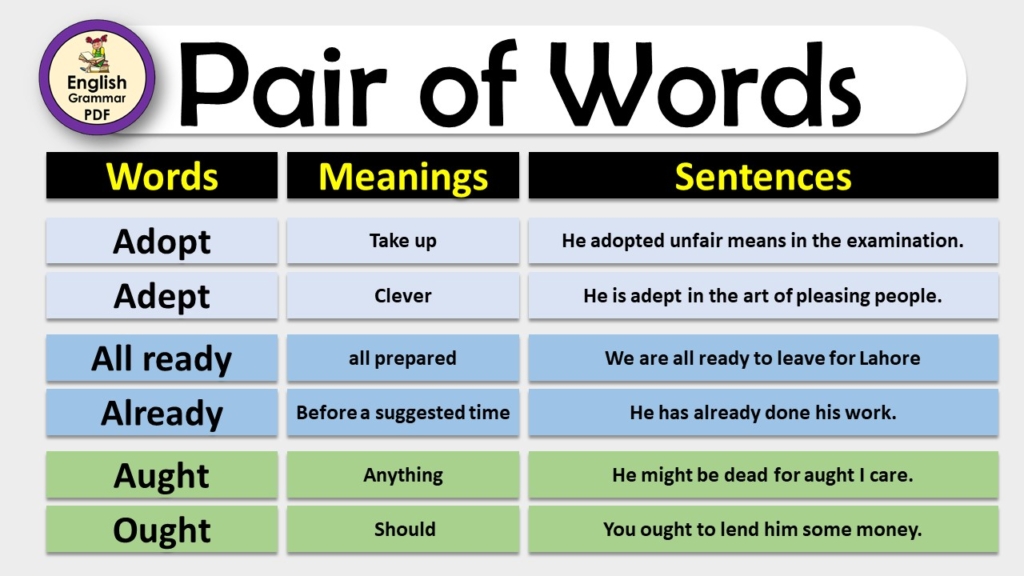Welcome, ESL learners! Learning English can be a joyful journey, and today, we’re going to make it even easier. In this blog post, we’ll explore compound words – those magical combinations of two or more words that create new meanings. With 10 simple examples in sentences, you’ll grasp this language concept in no time!
What are Compound Words?
Compound words are formed when two or more words are combined to create a new word with a distinct meaning. These words often merge both the form and meaning of the original terms.
They can be written in three ways: as one word (closed form), with a hyphen (hyphenated form), or as two separate words (open form).
For example, “notebook” (closed form) is a combination of “note” and “book,” “mother-in-law” (hyphenated form) combines “mother,” “in,” and “law,” and “high school” (open form) merges “high” and “school.” The way these words are formed can affect their meaning, making compound words a fascinating aspect of language evolution and usage.
Examples of Compound Words in Sentences
- Notebook: She wrote her daily journal in a small, leather-bound notebook.
- Mother-in-law: My mother-in-law is coming to stay with us for the weekend.
- High school: She will start her first year of high school this fall.
- Sunflower: The sunflower in the garden grew taller than the fence.
- Toothpaste: I need to buy a new tube of toothpaste; we’re almost out.
- Firefighter: The firefighter bravely entered the burning building to save the trapped family.
- Butterflies: The field was filled with colorful butterflies fluttering around.
- Snowman: After the heavy snowfall, the children built a large snowman in the yard.
- Basketball: He plays basketball every Thursday at the community center.
- Moonlight: The moonlight shone brightly through the window, casting shadows across the room.

You can Download PDF of this Lesson.


